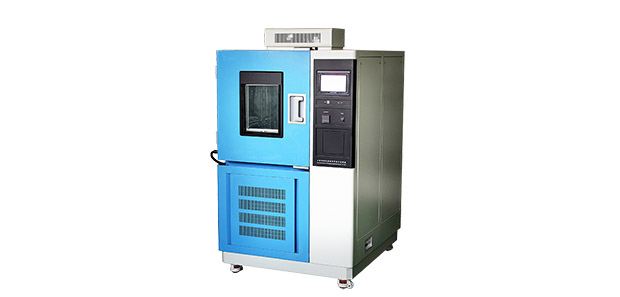Amid the rapid development of the new energy vehicle industry, the performance stability of power batteries directly impacts vehicle safety and user experience. However, batteries in low-temperature environments often suffer from capacity degradation, increased internal resistance, or even failure, significantly affecting driving range and startup performance. To tackle this industry-wide challenge, a leading automaker has proactively adopted high and low temperature test chambers, scientifically simulating extreme temperature conditions to comprehensively address battery failure in cold environments, achieving technological upgrades and quality assurance.
Challenges of Battery Failure in Low Temperatures
In cold environments, the chemical reactions within batteries slow down, electrolyte viscosity increases, and ion diffusion is hindered, leading to rapid capacity loss, unstable voltage, and in severe cases, the inability to charge or discharge. This not only affects vehicle power output but may also pose safety risks. Identifying and optimizing battery performance in low temperatures during product development has become a core task for automakers.

How High and Low Temperature Test Chambers Provide Solutions
The automaker introduced high and low temperature test chambers to conduct environmental cycling tests on batteries from -40°C to +85°C, simulating battery operation under extreme climate conditions. The test chambers offer the following advantages:
- Precise Temperature Control: Ensures rapid and uniform temperature changes for reliable test results.
- Cyclic Aging Tests: Evaluates battery performance stability under repeated low-temperature exposure.
- Data Visualization & Analysis: Integrated smart data collection systems help R&D teams analyze battery failure mechanisms.
- Diverse Testing Modes: Supports constant temperature, dynamic temperature fluctuations, and other tests to simulate real-world usage scenarios.
Results and Industry Impact
Using high and low temperature test chambers, the automaker successfully screened multiple battery models with superior low-temperature performance, optimized Battery Management System (BMS) strategies, and improved charging/discharging efficiency and safety in cold conditions. The final product demonstrated significantly better performance in cold regions, boosting customer satisfaction and market reputation.
Additionally, systematic low-temperature performance testing helped the company gain a competitive edge in meeting stringent quality certifications and industry standards for new energy vehicles, reinforcing its technological leadership.
Faced with the technical bottleneck of battery failure in cold conditions, high and low temperature test chambers became a crucial tool for the automaker’s breakthrough. Through scientific and systematic temperature simulation testing, the company not only resolved low-temperature battery issues but also contributed valuable experience to the healthy development of the new energy vehicle industry. As high and low temperature testing technology continues to advance, more automakers are expected to leverage this approach to push battery performance to new heights.













